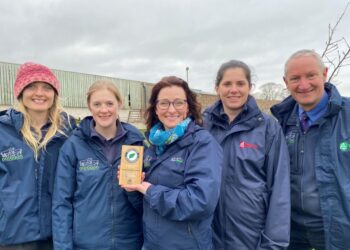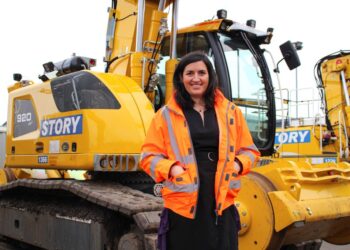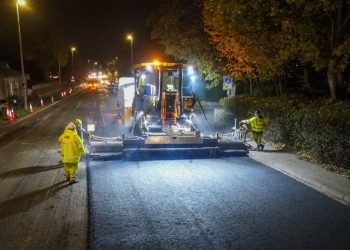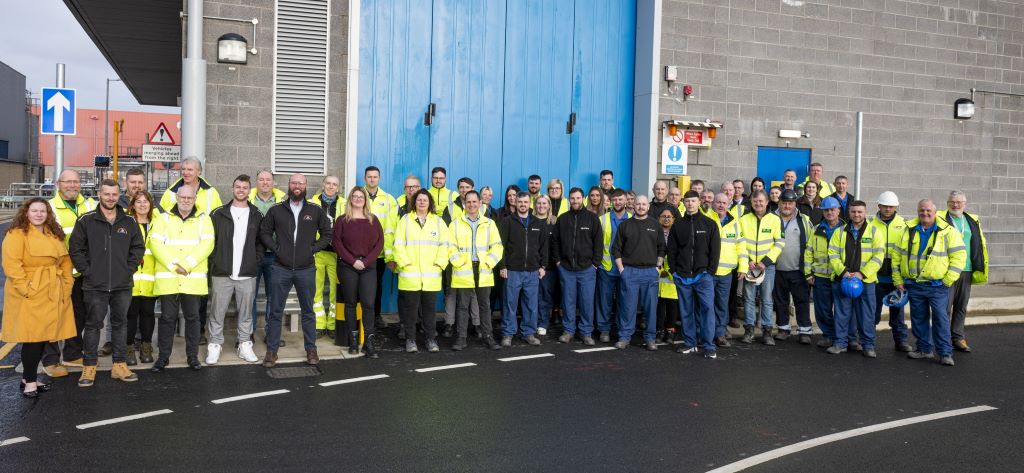
Sellafield’s newly-opened import facility has received its first box of nuclear waste, paving the way for clean-up of one of the site’s oldest buildings.
The Box Encapsulation Plant Product Store is an above ground vault that can store intermediate level wastes safely and securely for the next 100 years.
It will support the clean up of Sellafield’s legacy ponds and silos, the UK’s highest priority nuclear decommissioning programmes.
The building’s Direct Import Facility received the box last week after years of meticulous planning and testing.
It has the capacity to store 6,681 waste boxes inside its one metre-thick walls and can receive up to nine boxes every 24 hours.
The direct import facility is an annexe to the store, built to receive the packages of nuclear waste retrieved from ageing stores in the oldest parts of the Sellafield site.
Its first package contains waste from the Pile Fuel Cladding Store, the oldest waste store at Sellafield. The silo has stored 3,200 cubic metres of intermediate level waste undisturbed for 70 years.
Built in the 1950s, the Pile Fuel Cladding Store was used to store the metal fuel casings – or cladding – from nuclear fuel used in the UK’s earliest nuclear reactors. It was designed as a ‘locked vault’ with no plan for how it might be emptied in the future.
Today it represents one of the highest hazards on the Sellafield site, making the removal and repackaging of wastes from the silo a key priority for Sellafield Ltd and the Nuclear Decommissioning Authority.
The first batch of waste was successfully retrieved from the Pile Fuel Cladding Store in August 2023, marking another historic first for the site and the culmination of decades of planning and preparation by generations of nuclear workers.
Giant shield doors were installed on the top of the silo to maintain a radiation barrier as holes were cut in the sides of the building to allow access to its contents.
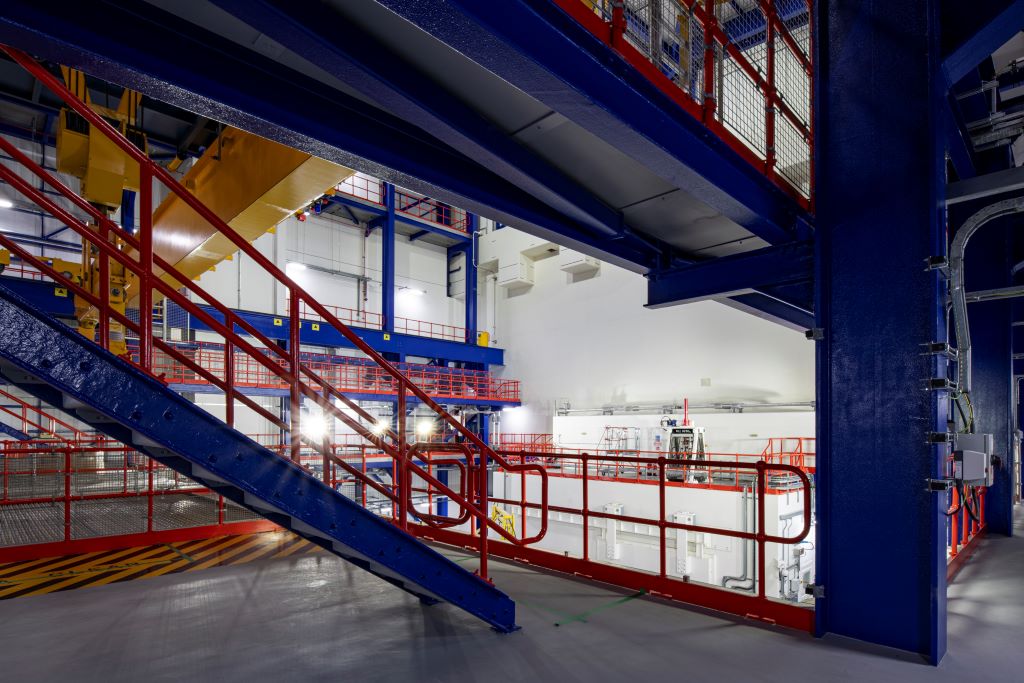
The retrievals team then used a remotely operated crane to reach into the silo, lift out the waste and place it into a specially designed stainless-steel box.
Once filled, the five-tonne box was loaded into a shielded transport flask, monitored, and cleared for export to BEPPS-DIF.
Moving a flask of nuclear waste across a busy industrial site takes careful coordination from a range of teams, but a successful test run with a dummy package in 2020 proved this could be done smoothly and safely.
The flask was transported from PFCS by road and lifted into BEPPS-DIF by crane.
Once inside, the flask has its lid bolts removed and is placed behind a shield door so operators can remotely remove the flask lid, lift out the box, and transfer it to its predetermined location in the store.
BEPPS will store the waste safely and securely until it’s ready for permanent disposal underground in a Geological Disposal Facility.
Euan Hutton, Sellafield Ltd CEO, said: “The receipt of the first box of waste into BEPPS-DIF marks an important breakthrough in the clean-up of our site and a huge step forward in our mission to create a clean and safe environment for future generations.”
“This would not have been possible without the hard work and dedication of hundreds of people over many years and I’m extremely grateful to them and proud to celebrate this achievement.”
David Peattie, NDA group CEO, said: “This is a significant achievement which will enable us to continue to deliver our vital mission and I’d like to extend my thanks to everyone who has been involved for their commitment to the project.
“Removing waste from the PFCS is one of our biggest challenges, this new facility is providing the storage capability to allow us to do that safely and securely.
“It also provides future capability for retrievals from other high hazard facilities such as the Magnox Swarf Storage Silo.”






